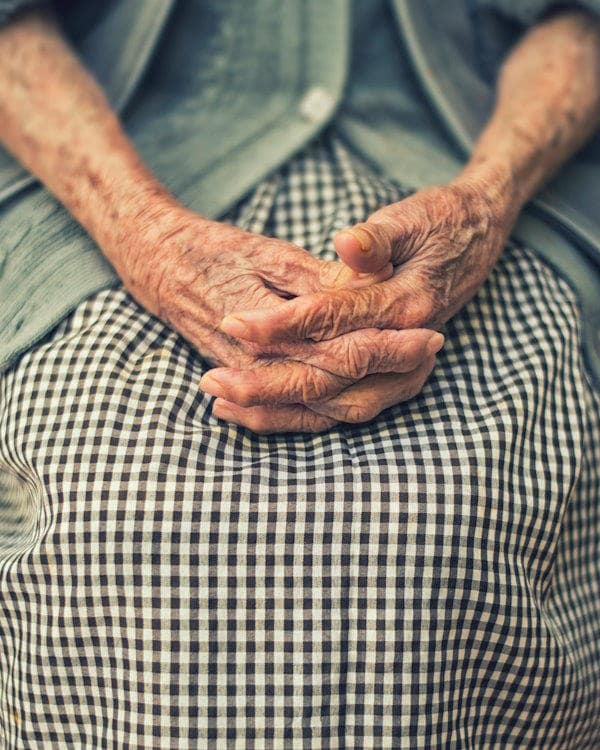We need a policy that views senior citizens not just as passive recipients of welfare schemes but as valuable assets who can contribute significantly to society.
Authors: Srijan Rai and Aparajita Bharti
Published: July 24, 2023 in Livemint
The wellbeing of the elderly is mandated by the Constitution, specifically the Directive Principles of State Policy. However, the fact that the existing policy on older people was introduced in 1999 reflects the lack of policy focus on this issue. According to a report by the Parliamentary Committee on Government Assurances, the Ministry of Social Justice and Empowerment has given 11 assurances in Parliament since 2011 about bringing in a new policy. However, a draft of the National Policy for Senior Citizens from 2016 is yet to be finalised.

As we set our sights towards the India of 2047, this lack of attention to the country’s elderly population needs to change. The National Family Health Survey (NFHS) provides valuable insights into the changing needs and dynamics of senior citizens. The survey reveals that the number of senior citizens living with chronic illness is rising every year. It showed that about a quarter of those aged 40-49 already have hypertension and that its prevalence increases sharply with age. The findings show a similar pattern for diabetes. These health challenges demand a well-structured policy that integrates healthcare services, promotes preventive measures, and ensures that all elderly citizens have access to quality medical care.
The NFHS data also shows that a significant proportion of the elderly population faces financial hardships and social isolation. Many are dependent on their families or meager pensions. For instance, the National Social Assistance Programme provides a pension of ₹500 rupees a month and the Atal Pension Yojana (available to a small proportion of elderly) offers ₹1,000-6,000 a month . These sums are insufficient to cover even basic needs.
Several other changes – such as a rise in the number of nuclear families, a decline in family size, and migration to urban areas and abroad – are also displacing the existing system of elderly care within families. India’s average family size decreased from 4.67 members in 2001 to 4.45 members in 2011 and is likely to drop further with fertility rates falling. The Maintenance and Welfare of Parents and Senior Citizens Act, 2007 – the law that allows the elderly to take legal action against their children if they fail to provide for them – is also insufficient. It does not take into account the reality of shame and social pressure that prevents many elders from taking legal recourse even if they are aware of their rights under this act. It is also silent on the government’s responsibilities towards elderly Indians.
Another aspect of India’s aging population is that the share of women in this group is increasing. In line with global trends, Indian women’s life expectancy is already more than men’s and this gap is only expected to increase, according to the UN Population Division.This means the issue must also be seen through the lens of gender. Older women are at more risk of neglect, abuse and ill-treatment due to their higher financial dependence and lack of agency. Apart from women, we also need to focus on other marginalised groups within the elderly population, such as those without any pension support, and individuals with chronic diseases and disabilities.
Given all these factors, a new policy approach is needed urgently to help enhance financial security through social-security measures, and promote opportunities for productive engagement to combat social isolation. From an infrastructure perspective, we need to start thinking about creating incentives for the private sector to build and maintain facilities, create budget space for public provision and explore community-led models with support from the government.
We also need to set up an institutional owner with a dedicated budget to help us achieve these goals. The Ministry of Social Justice, in its initial draft of the policy, emphasised the need for a dedicated Department for Senior Citizens, with state commissions and nodal officers at the district level to ensure policies are implemented.
Even as we wait for a clearer view of how India’s population has changed in the next census, we must act now based on what we already know. We need a new policy that views senior citizens not just as passive recipients of welfare schemes but as valuable assets who can contribute significantly to society. To enact such a policy, we need political foresight and the will to prepare for this imminent future.
This would entail exploring existing models in other countries such as Japan’s Community-Based Integrated Care System and Singapore’s ‘Aging-in-Place’ which focuses on supporting the well-being of elderly through home care, healthcare, day rehabilitation centers, senior activity centers, and so on.
Srijan Rai is Associate and Aparajita Bharti is Founding Partner, The Quantum Hub (TQH).
